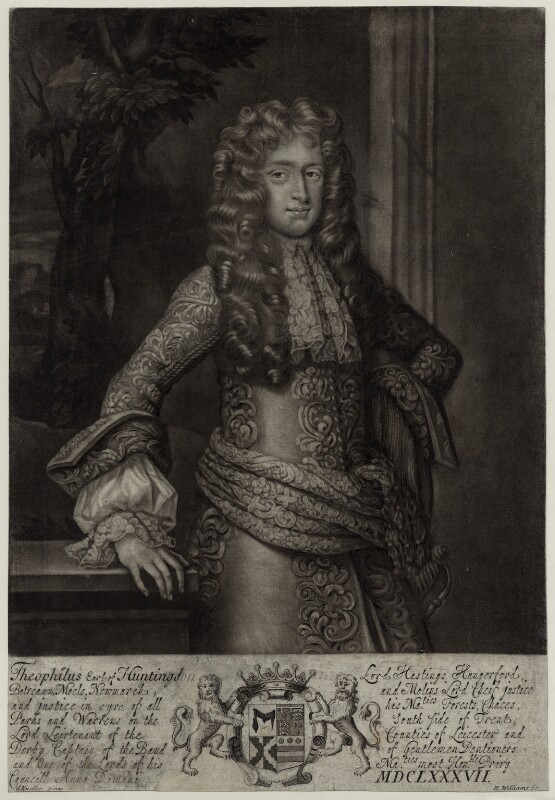|
William Knox Leet
William Knox-Leet VC CB (3 November 1833 in Dalkey, County Dublin – 29 June 1898), was an Irish recipient of the Victoria Cross, the highest and most prestigious award for gallantry in the face of the enemy that can be awarded to British and Commonwealth forces. Leet was 45 years old, and a Major in the 1st Bn., 13th Regiment of Foot (later The Somerset Light Infantry (Prince Albert's)), British Army during the Anglo-Zulu War when the following deed took place on 28 March 1879 at Battle of Hlobane, Zululand, South Africa for which he was awarded the Victoria Cross: During the Third Anglo-Burmese War (1885–87), then-Colonel Knox-Leet commanded the Infantry's 2nd Battalion, of which 144 men lost their lives in battle. Their names are listed on the Burma Memorial in Taunton, Somersetshire. This was the 2nd Battalion's first operation. Knox-Leet was eventually promoted to Major General. He married Charlotte Elizabeth Anne Sherlock, a daughter of Thomas Henry Sherlock and ... [...More Info...] [...Related Items...] OR: [Wikipedia] [Google] [Baidu] |
Dalkey
Dalkey ( ; ) is an affluent suburb of Dublin, and a seaside resort southeast of the city, and the town of Dún Laoghaire, in the county of Dún Laoghaire–Rathdown in the historic County Dublin, Ireland. It was founded as a Viking settlement and became an active port during the Middle Ages. According to chronicler John Clyn (c.1286–c.1349), it was one of the ports through which the plague entered Ireland in the mid-14th century. In modern times, Dalkey has become a seaside suburb that attracts some tourist visitors. One of Dublin's wealthiest districts, it has been home to writers and celebrities including George Bernard Shaw, Jane Emily Herbert, Maeve Binchy, Robert Fisk, Hugh Leonard, Bono, the Edge, Van Morrison and Enya. Etymology The district is named after Dalkey Island, just offshore. The name is ultimately derived from the Irish ''deilg'' ("thorn") and ''inis'' ("island"), with ''ey'' the Old Norse (Viking) version of "island". Geography Dalkey lies by the coa ... [...More Info...] [...Related Items...] OR: [Wikipedia] [Google] [Baidu] |
The Somerset Light Infantry (Prince Albert's)
The Somerset Light Infantry (Prince Albert's) was a light infantry regiment of the British Army, which served under various titles from 1685 to 1959. In 1959, the regiment was amalgamated with the Duke of Cornwall's Light Infantry to form the Somerset and Cornwall Light Infantry which was again amalgamated, in 1968, with the King's Own Yorkshire Light Infantry, the King's Shropshire Light Infantry and the Durham Light Infantry to form The Light Infantry. In 2007, however, The Light Infantry was amalgamated further with the Devonshire and Dorset Regiment, the Royal Gloucestershire, Berkshire and Wiltshire Regiment and the Royal Green Jackets to form The Rifles. History Early history Formation The regiment was one of nine regiments of foot raised by James II when he expanded the size of the army in response to the Monmouth Rebellion. On 20 June 1685, Theophilus Hastings, 7th Earl of Huntingdon was issued with a warrant authorising him to raise a regiment, and accordingly the Earl ... [...More Info...] [...Related Items...] OR: [Wikipedia] [Google] [Baidu] |

